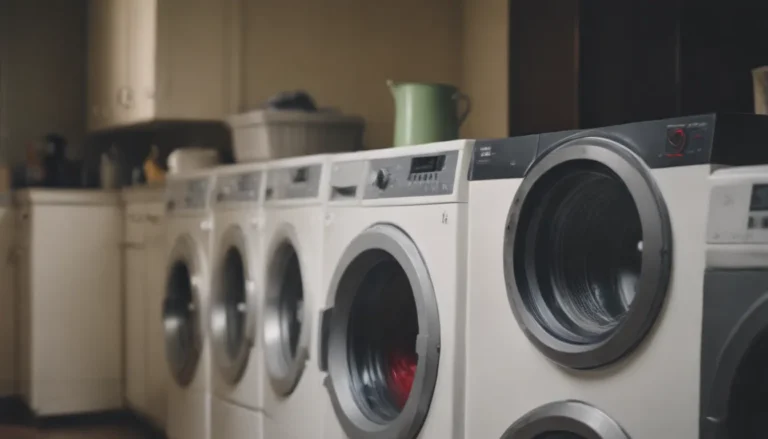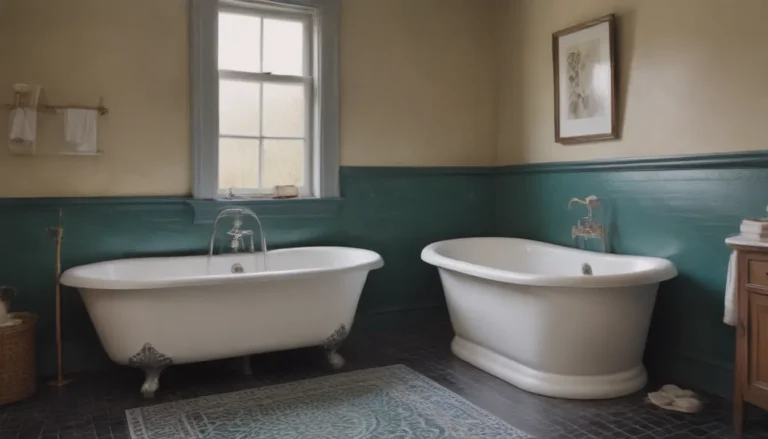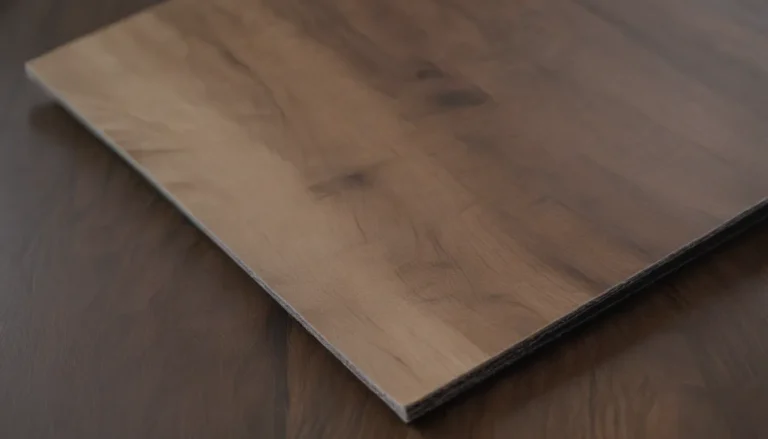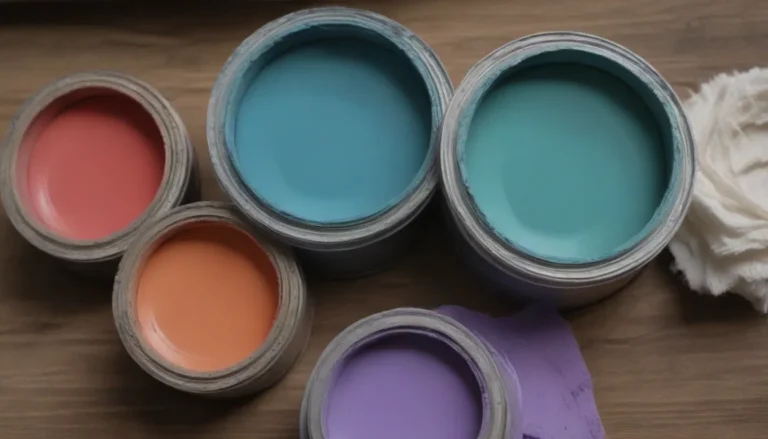Upgrade Your Home with Insulation: A Comprehensive Guide
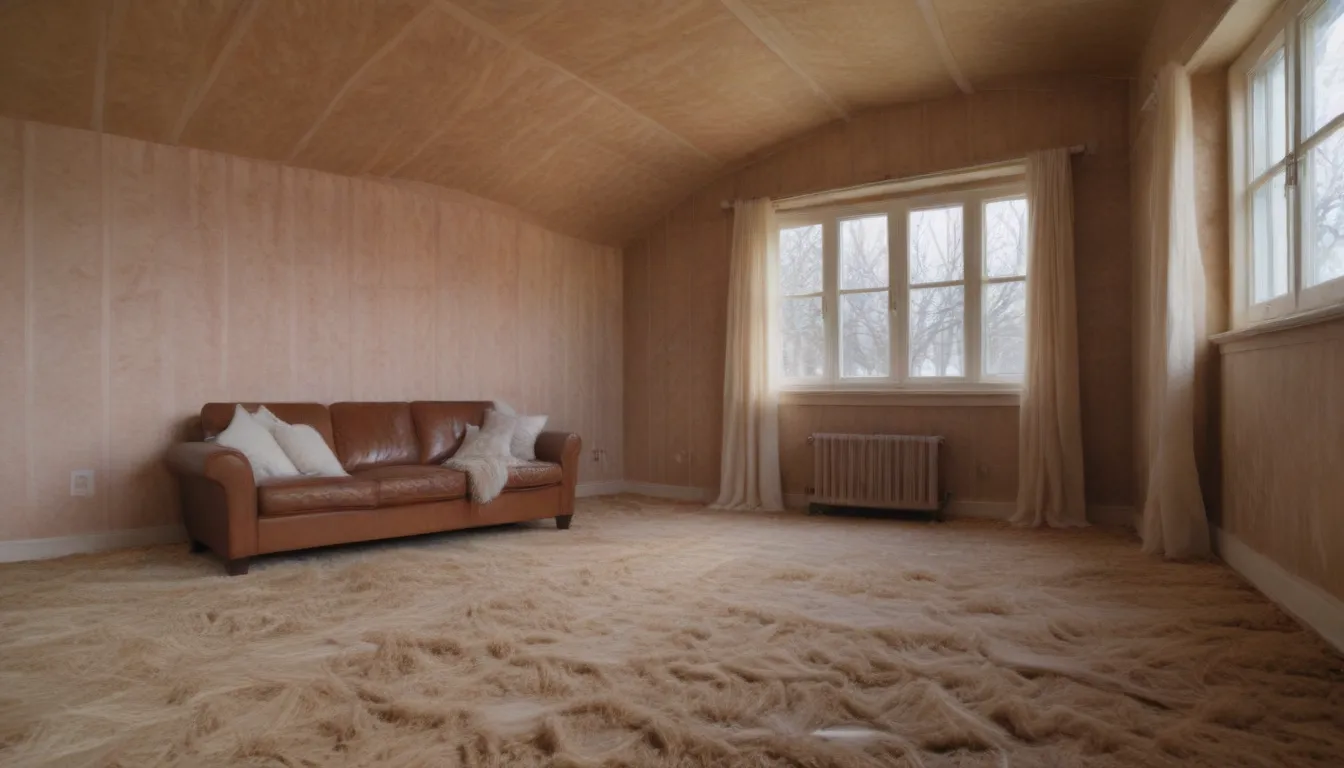
Insulating the walls of your home is crucial for maintaining a comfortable living environment and reducing energy costs. If you have a older home with closed walls that lack insulation, you may be experiencing overworked heating or cooling systems, high utility bills, and energy waste. In this article, we will explore various methods for adding insulation to walls that are already finished with drywall and paint.
Injection Foam: A High-Efficiency Insulation Option
What is Injection Foam?
Injection foam is a spray form of insulation that is used to fill the cavities of a home. It is similar to individual cans of foam insulation found in home centers but on a larger and more efficient scale. Professional installation is recommended for this type of insulation, although some manufacturers do offer moderately expensive DIY kits.
Advantages of Injection Foam:
– Resists mold and mildew
– Expands to work into difficult areas
– Can force its way into spaces that blown-in insulation may ignore
Considerations for Injection Foam:
– Holes in walls need to be filled, patched, and painted
– Improper application can damage walls
– Pressure from the foam can cause issues if not applied correctly
Loose-Fill Blown-In Cellulose Insulation: An Eco-Friendly Option
What is Blown-In Cellulose Insulation?
Blown-in cellulose is a pellet-like insulation made of recycled paper that is blown into wall cavities. The key ingredient that makes this work is boric acid, which adds fire resistance to the insulation. Recycled telephone books, tax forms, and newspapers are all materials that contribute to creating safe cellulose insulation.
Advantages of Blown-In Cellulose:
– Affordable
– Resists pests and mold
– Fits around some obstructions
Considerations for Blown-In Cellulose:
– Tends to settle over time
– May clog at key points
– Requires a vapor barrier
Blow-In Blanket Insulation (BIBS): Ultimate Air Infiltration Stopper
What is BIBS Insulation?
Blow-In Blanket System (BIBS) is a method of insulating walls with blower-injected insulation. It can be used for both open and closed walls. The insulation forms a dense, seamless blanket that effectively stops air infiltration.
Advantages of BIBS Insulation:
– Does not settle over time
– Inhibits mold and mildew growth
– Highly effective at stopping air infiltration
Considerations for BIBS Insulation:
– Not DIY-friendly
– Walls must be opened up to attach the fabric sheath
– A specialized system that requires professional installation
Roll Insulation: The Traditional Approach
What is Roll Insulation?
Roll insulation is the traditional method of adding insulation to wall cavities. The walls are already closed, so the interior drywall needs to be removed and replaced. Fiberglass or rock wool insulation is commonly used for this method.
Advantages of Roll Insulation:
– Maximum coverage
– Inexpensive
– Simple tools needed
Considerations for Roll Insulation:
– Labor-intensive and messy
– Disruptive to your home
– Hazardous if walls were painted with lead-based paint
In conclusion, adding insulation to closed walls is a smart investment that can improve the comfort and energy efficiency of your home. Whether you choose injection foam, blown-in cellulose, BIBS insulation, or roll insulation, each method has its own advantages and considerations. Consulting with a professional insulation contractor can help you determine the best option for your home and budget.
Remember, proper insulation not only saves you money in the long run but also contributes to a greener and more sustainable future. Make the choice to upgrade your home with insulation today!
